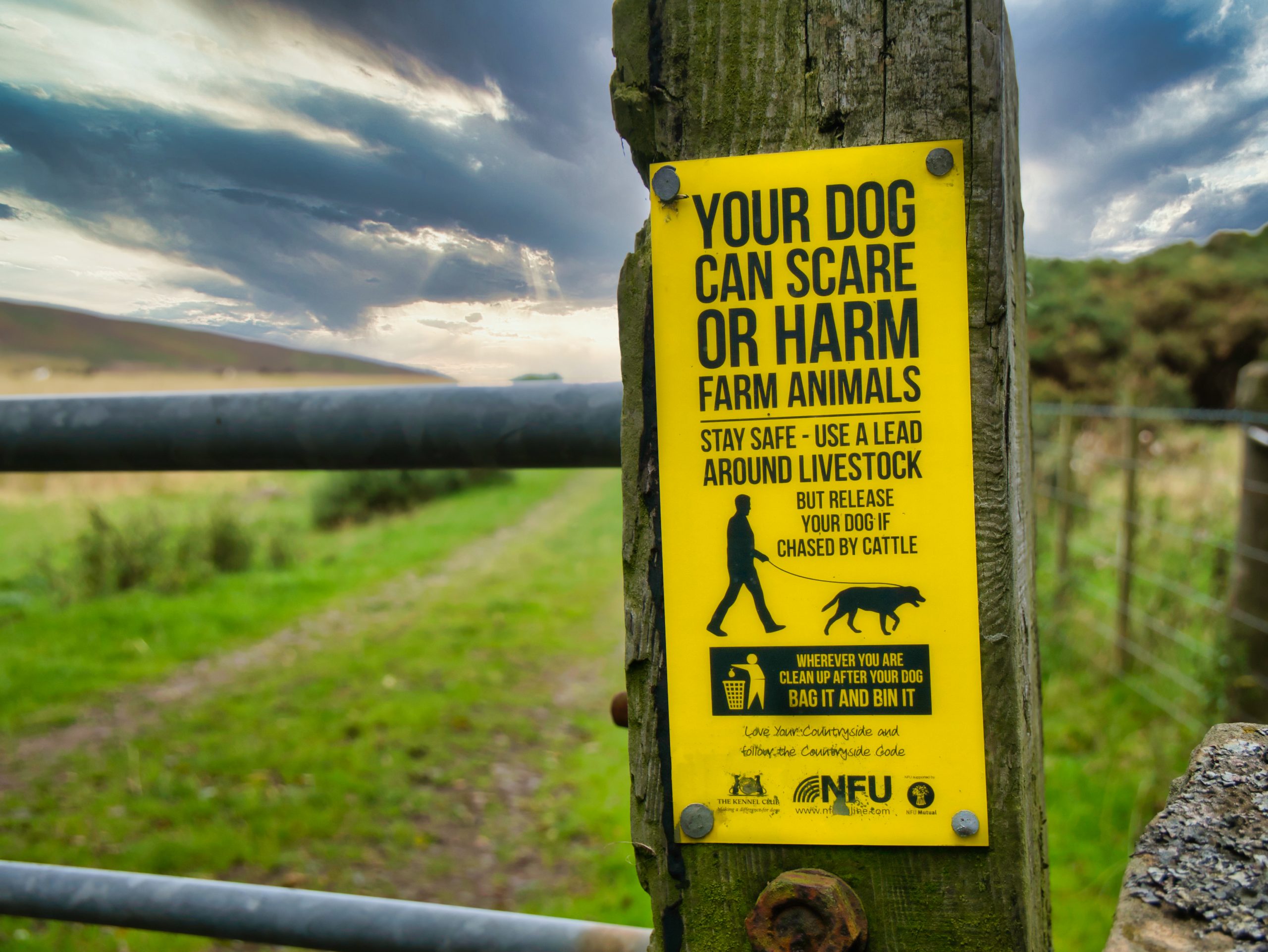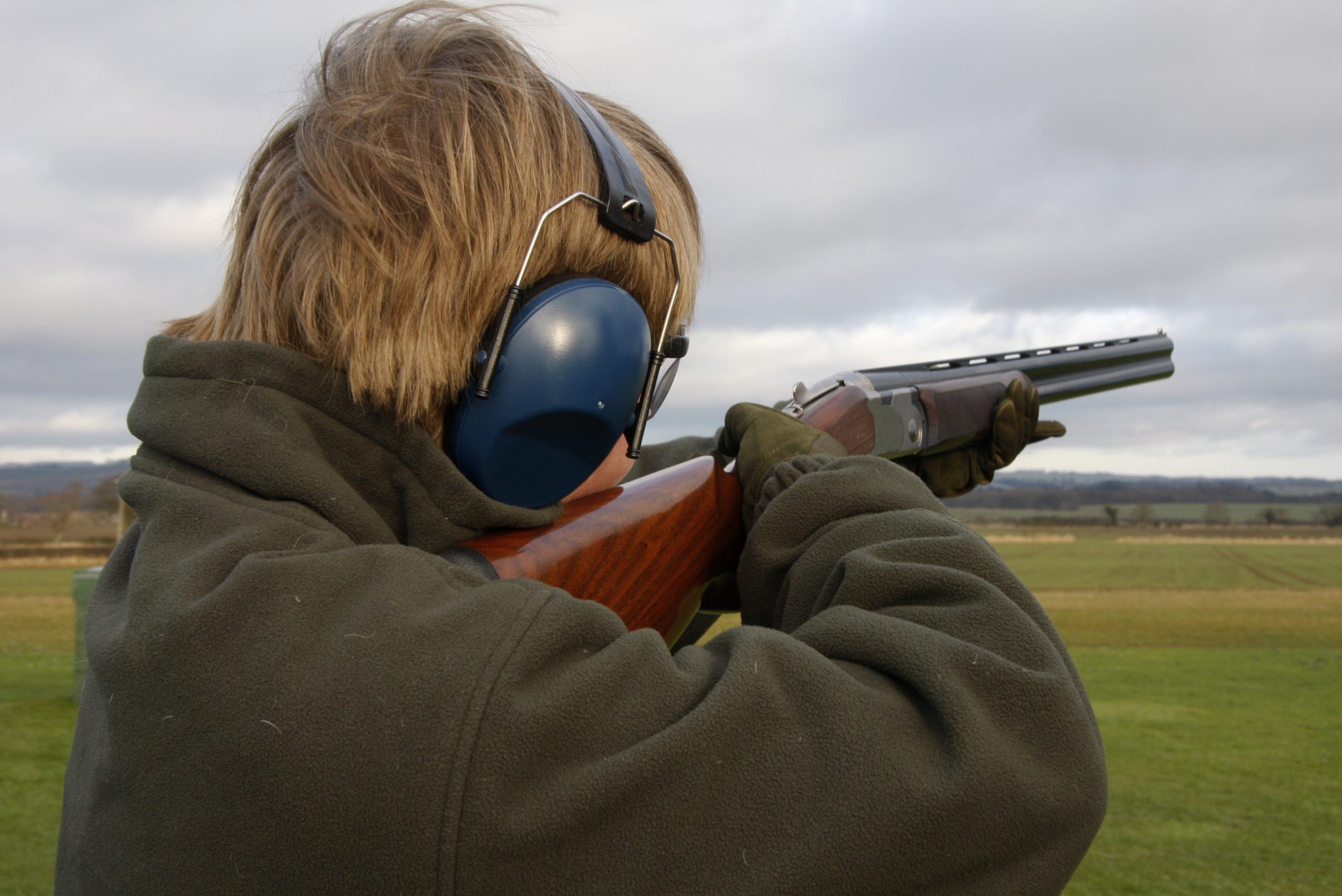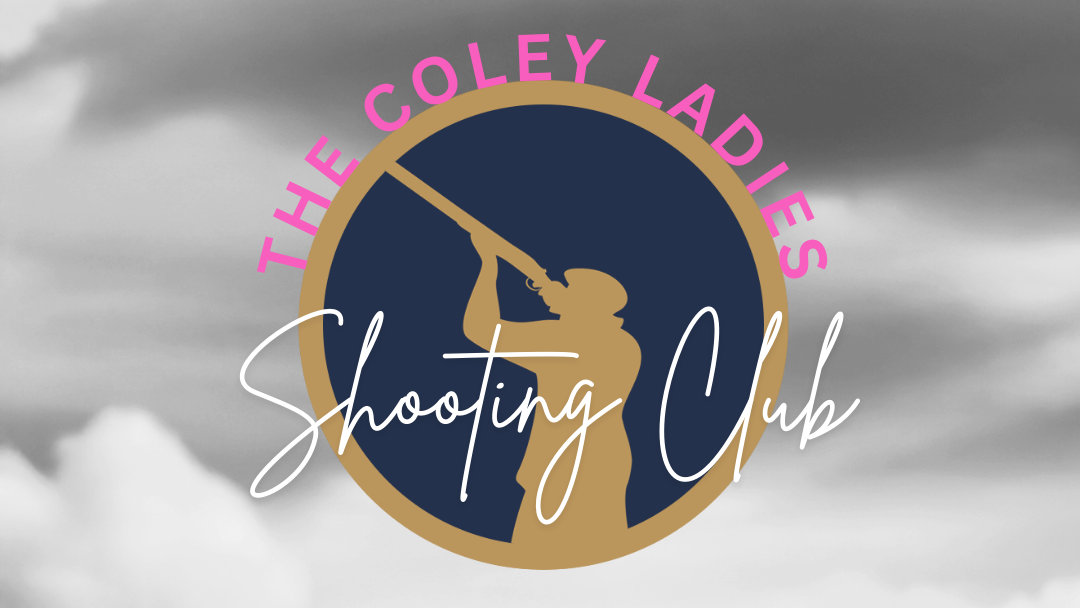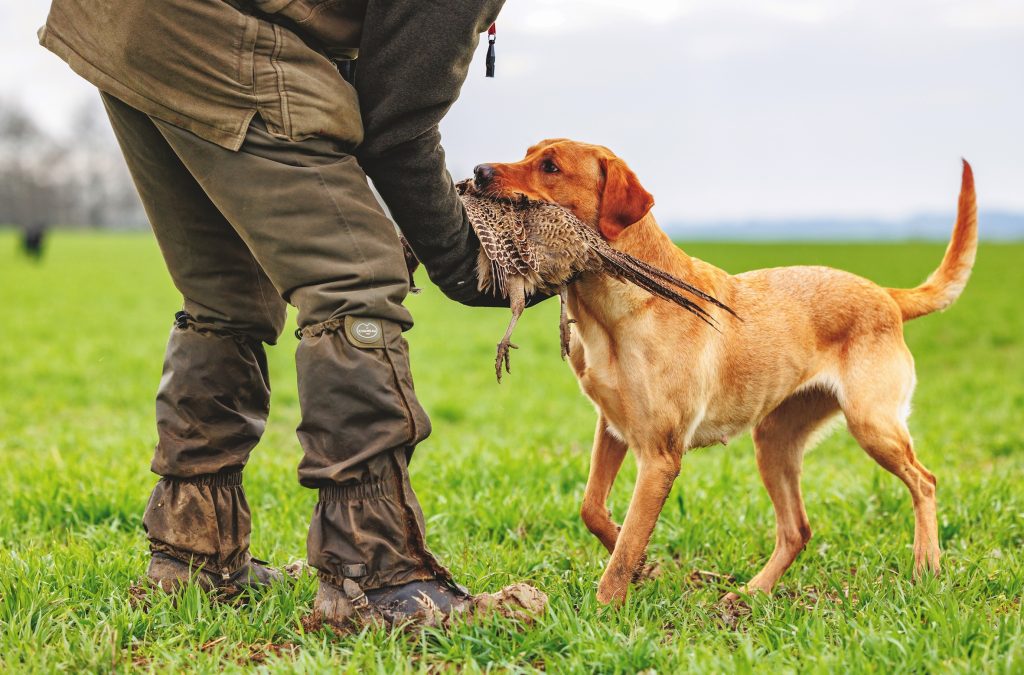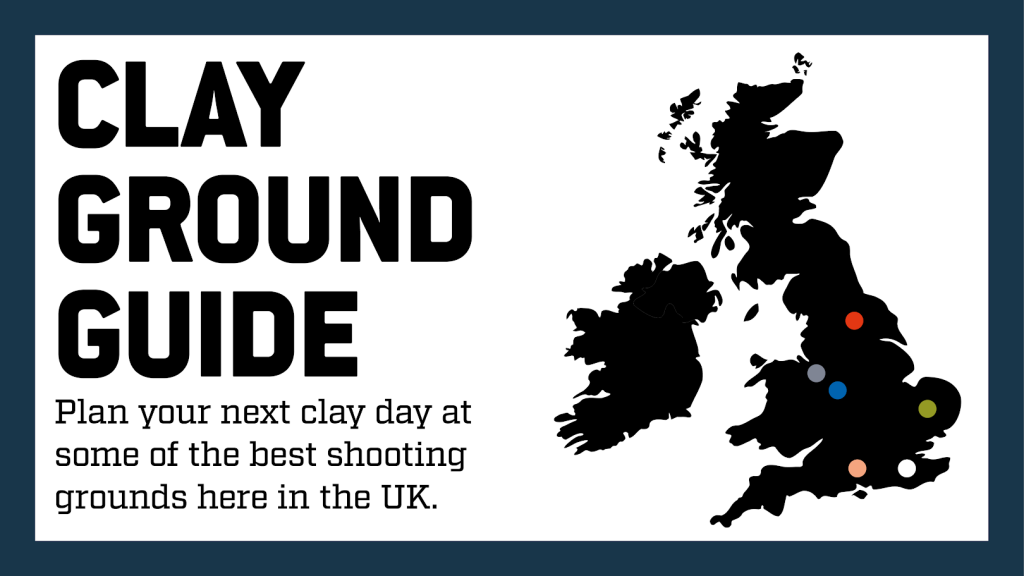Gundog Training
Welcome to our series on gundog training featuring Fortress the labrador and Todd the cocker spaniel.
Welcome to our series on gundog training featuring Fortress the labrador and Todd the cocker spaniel. Over the coming months Alex Thorneycroft-Taylor will take lab Fortress and cocker spaniel Todd through their training using kind, reward-based techniques, negating the need for over-handling and, most importantly, getting the dogs to work with him.
Training Fortress to work as a peg dog
Fortress is a nine-month-old, labrador retriever. He has shown huge character and is growing into a well-built dog – our aim is for him to become a well-mannered peg dog. Fortress is already confident having the lead on and now is the time to strengthen his position. When we train heelwork I don’t want to be constantly correcting the dogs – I like them to hear me give the heel command as we set off and not repeat it until we re-start the exercise. I believe this prevents the dog from needing constant verbal correction when we remove the lead.Taking the leadThe position of the lead is important. I use a slip lead positioned right up behind the ears and under the chin. I must stress that we are not looking to strangle the dog, but to keep sufficient pressure to hold the lead in this position. Whichever side you walk the dog on, the leather weight should be next to your leg so it releases when required. I keep my right hand fairly free; the left hand is the control hand, used similarly to a joystick. When controlling the heel position, I pop the lead upward and release, repeating as necessary, keeping the dog’s head up and next to my leg – there’s no need for aggressive snatching.When teaching heel I keep changing direction to encourage the dog to focus on me. Turns should be quick and sharp, and when he looks up at me he gets a verbal reward of ‘good lad’.As my dog is on my left, I start with the left turn – I use my knee to push through him and make him understand he needs to be in the correct position to avoid banging into my leg. When turning to the right I again use quick, sharp manoeuvres as well as popping the lead sideways towards me, encouraging him with this action to instil confident and polished heelwork.Once he is walking tight next to my leg and without needing to correct him with the lead, I then take the lead out of my control, while letting him think I am still in control of him. I do this by wrapping the lead around his neck – again, not too tight – and give the heel command and walk him next to me. If he starts to stray slightly I will start using the left turn again to re-affirm the correct position. Consistency and repetition are the keys to success.
Developing Todd’s quartering and hunting skills
Todd is a six-month-old black and tan cocker spaniel; he has huge drive and stamina, is extremely quick to learn and a pleasure to work. I hope to have him out with me when ready and am looking forward to days of shooting rabbits over him.I will be concentrating on encouraging his quartering and hunting abilities – the mainstay of this exercise is to keep it fun for the dog and handler. Right from the start, I have focused on creating a bond between us, and this has already developed a strong recall taught purely at meal times. I kneel down on the ground with my hands on my knees and create a V-shape for him to run into – which is sometimes slightly eye watering! I firmly believe this helps the dog as it understands to come into me, not circle me or touch base as he is passing by at speed. This has been effective in adding heelwork control as he has a desire to walk with me and be with me, and Todd is now happy plodding along by my side without the need for a lead.Whistle while you workWith Todd I use a silent whistle – this is a personal preference as I don’t get on too well with the plastic whistles in my mouth for any length of time, and find if I slip a bit of plastic tubing over the silent whistle it is easier to grip. The strong recall has been a key building block in his quartering and hunting as I have already created his desire to be with me. It was then a case of encouraging him to search round me while we walk.I introduced the two-pip turn whistle almost from the start, initially wandering along with him, using lots of verbal praise, and encouraging him to follow my zigzag walking patterns – as I would later expect to hunt on his own.When introducing the turn whistle, I walk one section of the zigzag and, after seven or so yards, turn sharply, pipping the whistle twice and using verbal praise and encouragement to get him to follow me. It didn’t take Todd very long for him to catch onto the game and he’s now quartering the ground with gusto, turning when asked.If at this stage you find your dog is switching off, don’t press on. Instead, let him run off steam, have some fun, do a few retrieves maybe. Never push a dog that has lost interest as this can create its own problems in later life.
Got a photo of your gundog? Why not post it in our gallery section >>

